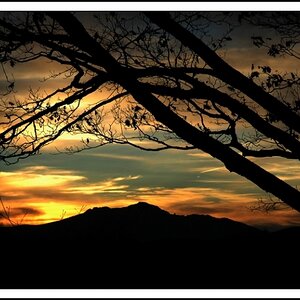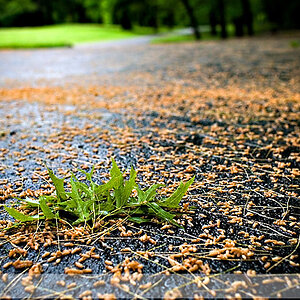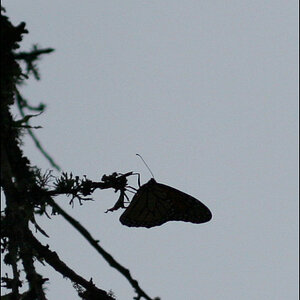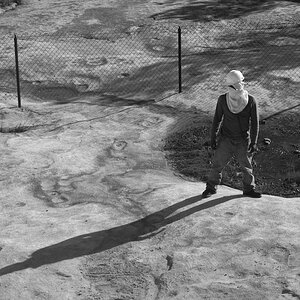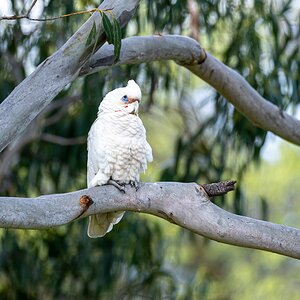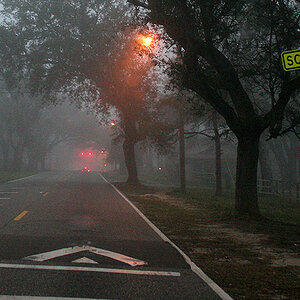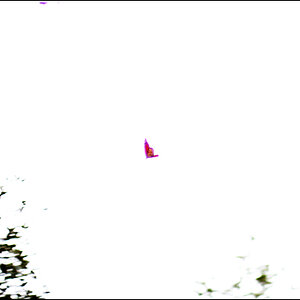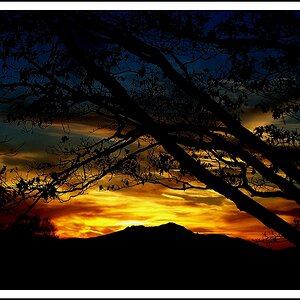- Joined
- Jun 4, 2010
- Messages
- 2,176
- Reaction score
- 1,654
- Location
- Wisconsin, United States
- Can others edit my Photos
- Photos OK to edit
Does the in camera noise reduction provide any benefit that noise reduction in PP does not? I have almost always had in camera noise reduction on, but sometimes I get frustrated with the time it takes the camera to process the image before I can take another. This usually come into play with long exposure NR. If it's no better than say LR for reducing noise, then I might as well leave it off. I also always shoot RAW, and I don't know if it's geared toward JPEG or RAW shooting..


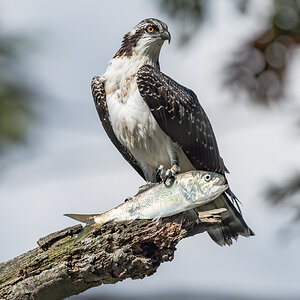
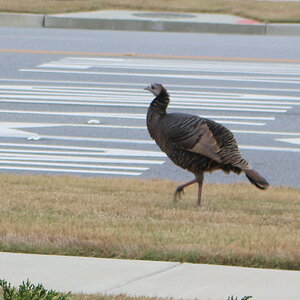
![[No title]](/data/xfmg/thumbnail/39/39286-ae386da044402acf92e55d8b68c26af3.jpg?1619738956)
